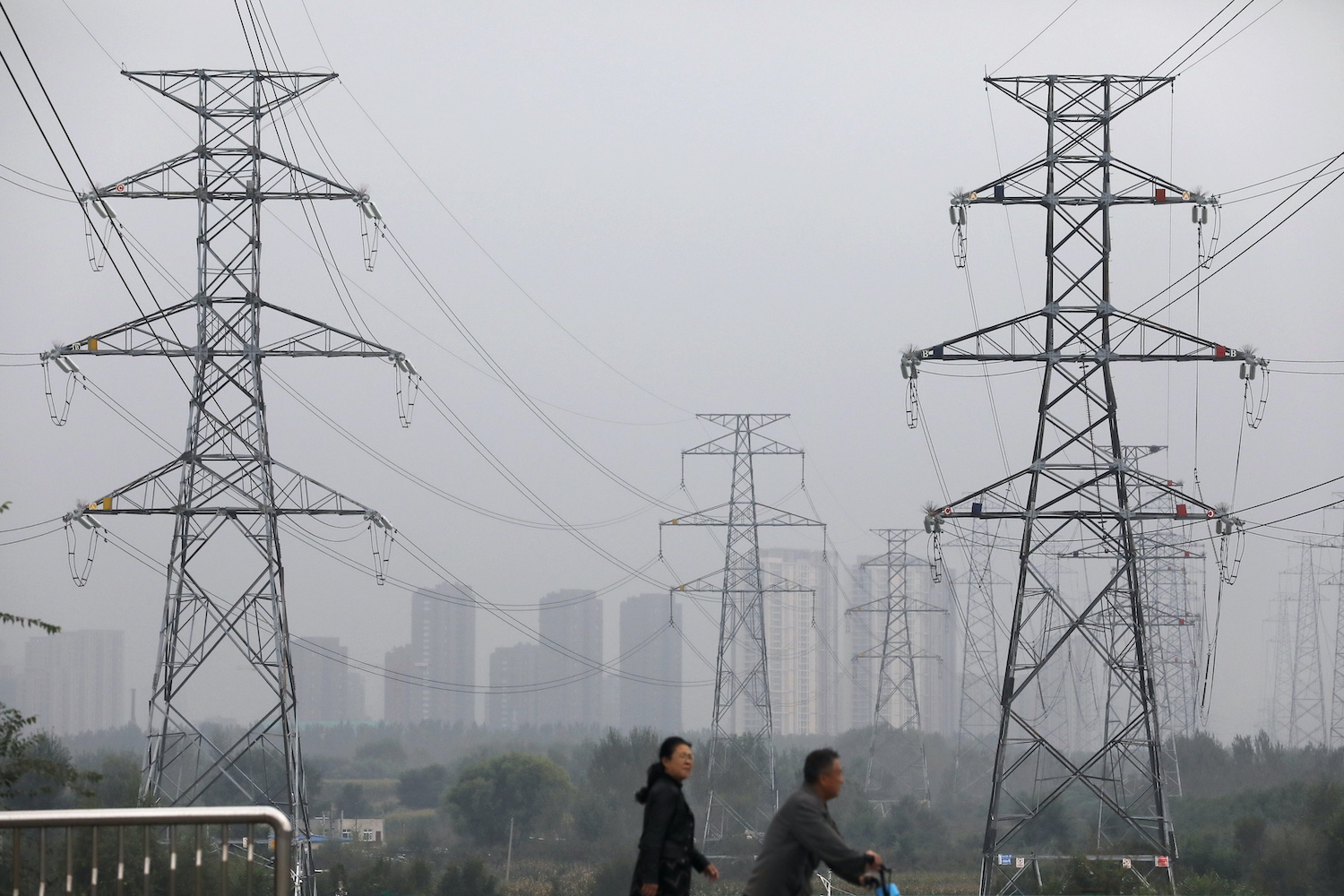China’s largest provincial economy in its northeast rust belt warned of worsening power shortages on Monday, despite government efforts to boost coal supply and manage electricity use in a post-pandemic energy crisis hitting multiple countries.
China’s Liaoning province issued its second-highest level power shortage alert on Monday, the fifth in two weeks, warning the shortfall could reach nearly 5 gigawatts (GW).
Liaoning has the biggest economy and consumes the most power of the three provinces making up China’s rust-belt industrial region. It has been suffering widespread power cuts since mid-September. A level-two alert indicates a power shortage equivalent to 10% to 20% of total demand for power.
The rebound in global economic activity as coronavirus restrictions are lifted has exposed shortages of fuels used for power generation in China and other countries, leaving industries and governments scrambling as the northern hemisphere heads into winter.
“The biggest power shortage could reach 4.74 gigawatts (GW) on Oct 11,” a notice issued by the Liaoning Provincial Industry and Informatization Department said.
An order to curb power use had been put in place from 6am (2200 GMT on Sunday), it said.
The province also issued level-two alerts for each of the last three days of September, when the daily power shortage reached as much as 5.4 GW, leaving hundreds of thousands of households without electricity and forcing industrial plants to suspend production.
The drop in output from power plants followed tightening supply and sky-rocketing prices for coal, used to generate more than 70% of electricity in the region. Wind farms have also been idled due to slow wind speeds. Wind power made up 8.2% of Liaoning’s power generation in 2020.
Tight Coal Supply
The energy crisis, which has led to fuel shortages and blackouts in some countries, has highlighted the difficulty in cutting the global economy’s dependency on fossil fuels as world leaders seek to revive efforts to tackle climate change at talks next month in Glasgow.
Analysts and traders say China could face a 12% drop in industrial power consumption during the fourth quarter, as the supply of coal is expected to fall short this winter.
“China is taking steps to try alleviate the tightness in the domestic coal market, by pushing local mines to increase output,” analysts at ING said in a note to clients on Monday.
Last week, China’s top two coal mining regions, Shanxi and Inner Mongolia, ordered more than 200 of their mines to expand production capacity and prioritise coal supply to power plants in northeastern provinces, including Liaoning.
However, about 60 coal mines in China’s largest coal-mining province Shanxi have been closed and several railway lines disrupted as of Friday, as heavy rain caused flooding. But the Shanxi government has not disclosed how much production capacity those closed mines represent.
Meanwhile, the high costs of coal continue to put pressure on utilities. China’s thermal coal futures rose 8% to hit a daily upper-trading limit shortly after trade started on Monday.
“Over 70% of China’s coal-fired power plants are loss-making due to high coal costs,” Citi analysts said in a note on Friday.
Moody’s Investors Service in a report said: “China’s electricity cuts will add to economic stresses, weighing on GDP growth for 2022. And the risks to GDP forecasts could be larger as disruptions to production and supply chains feed through.”
China’s state planner on Monday said it has been urging power firms to raise coal inventories.
As of October 7, the number of power plants which had less than seven days stocks of coal stocks for less than seven days of use plunged by 90% from the level in late September, the National Development and Reform Commission (NDRC) said, without disclosing the average coal inventory levels.
• Reuters with additional editing by Jim Pollard
ALSO SEE:
China Calls For Huge Boost in Coal Output to Fight Power Crunch
China’s Power Crunch Begins To Weigh on Economic Outlook
























